Those with the gift of artistry- be it music, painting, or craft- know the pleasure of creating something beautiful with their own hands. After all, creativity opens our minds, brings us joy, and allows us to view the world around us with a fresh perspective and innovation!
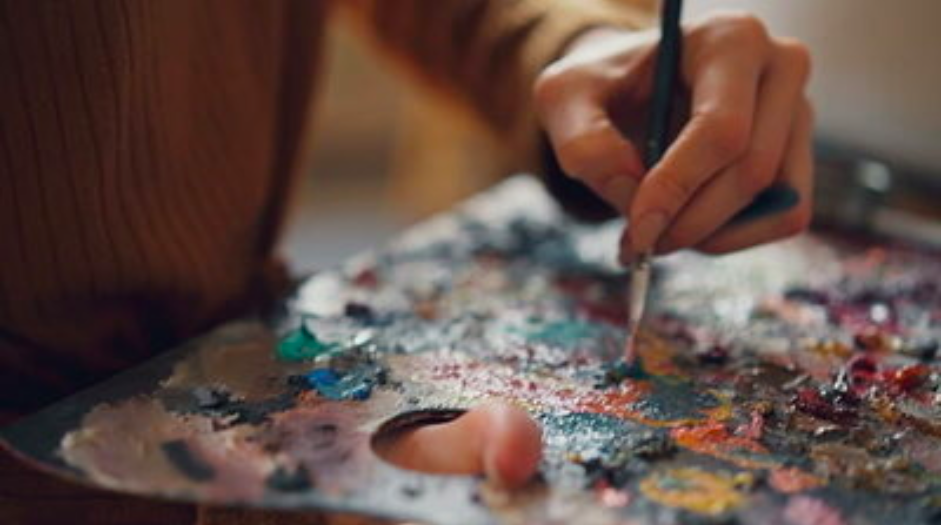
But what happens when this joy is diminished by pain in your hands caused by osteoarthritis? Do you have to stop doing the activity you love so much?
Our answer- is no!! Never give up what you love, instead, be prepared to do things a bit differently. Hand Therapists help people find solutions to do the things they love despite pain and injury every day.
Recently I had the pleasure of treating a wonderful botanical artist. The hours required to create the intricate detail of her drawings meant sitting at an easel and, of course, holding a fine paint brush for very long periods. Over time, she found it painful to sustain the pinch grip around the narrow brushes. This beautiful artist found herself unable to do the thing she loved dearly, leaving her feeling creatively unfulfilled. Together, we strategised some ways she could return to painting by managing the pain in her thumb by using a small custom-made thumb brace, using brushes with ergonomic handles, and learning how to release the tight muscle in the thumb webspace.
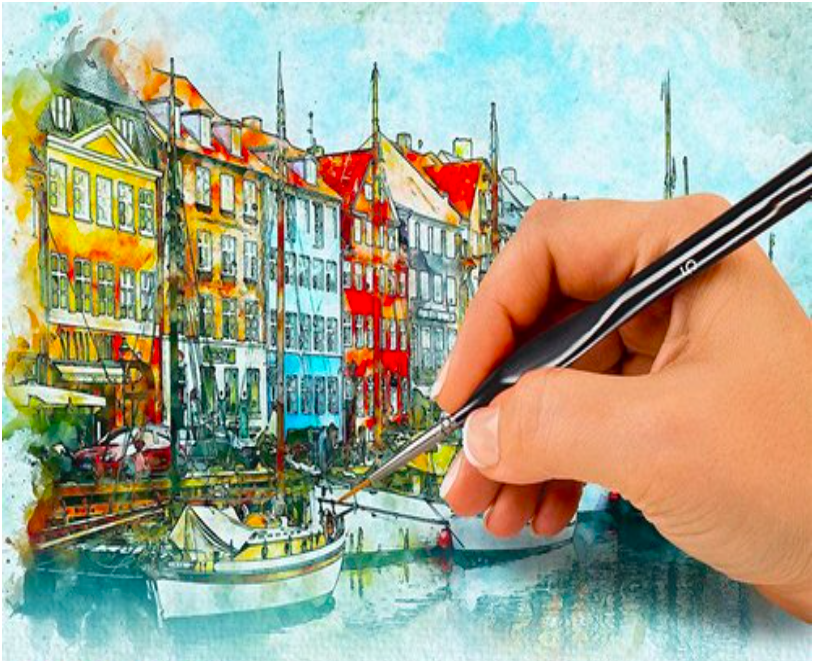
Did you know that the joint at the base of our thumb is the most likely to develop osteoarthritis in the entire hand & wrist and the second most in the entire body? This pattern of arthritis is very common for women from their 50s and is impacted by the load on this joint from activities requiring pinch force, such as holding a paintbrush or a sewing needle.
So, what I’d love to do is share three simple ways that you can reduce your thumb pain to get back to the creative activities you love so much!
Firstly, when you hold an object between your thumb and index finger, called a pinch grip, it’s important that we make an “O” shape, not a “D” shape. This reduces load on the thumb joints.
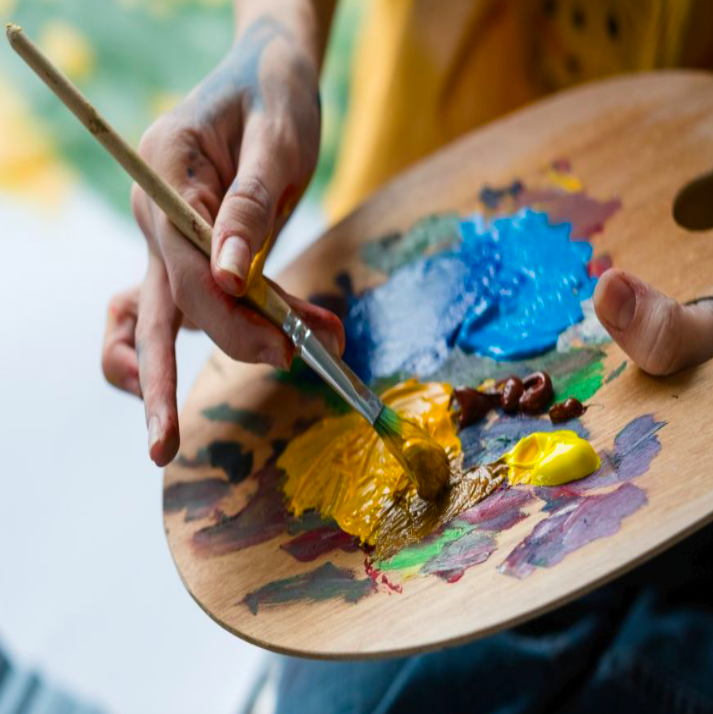
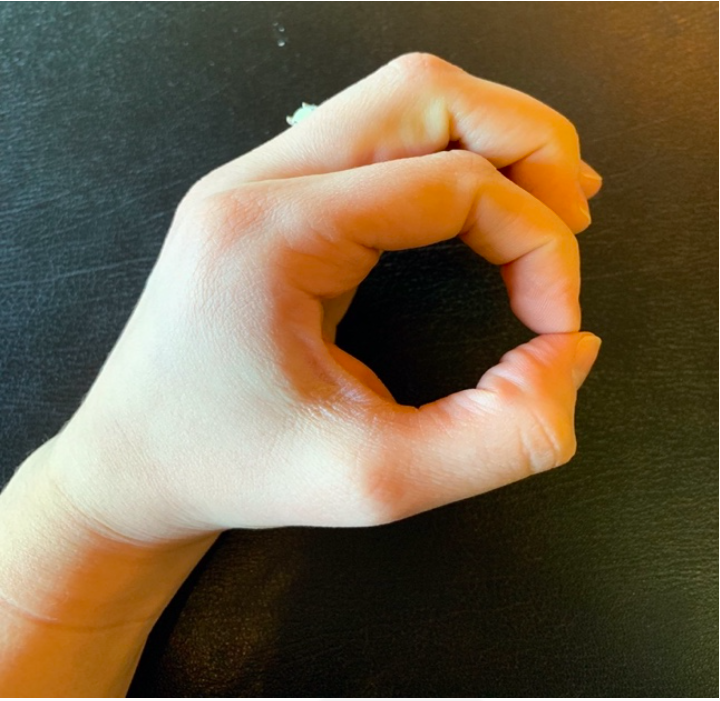
Figure 1: Example of an unstable pinch grip.
Secondly, you can build up the diameter of your paintbrush which will also help reduce the force on the thumb joint. You can use adhesive foam or rubber grips that you can slide on the paintbrush. Or you may wish to explore adaptive brushes which have a cylindrical-shaped handles.
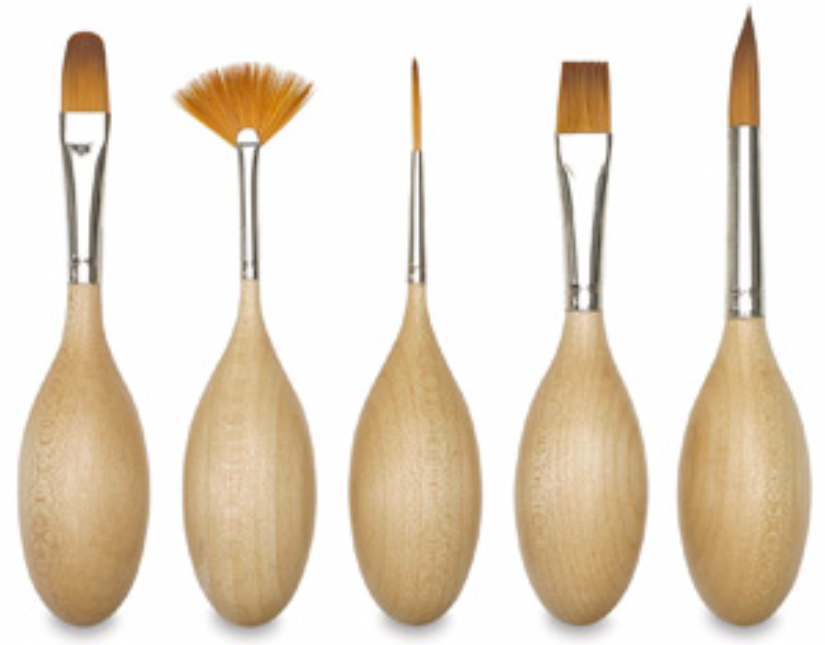
https://www.artquid.com/art-materials/blick-egg-handled-brushes-m5194.html
Thirdly, try not to paint for prolonged periods of time holding a pinch grip. Sustained grip is very tiring for the small muscles around our thumbs, and when those muscles fatigue, it increases force through the arthritic joint. It is so simple but so important to put the brush down every 5- 10 minutes, allowing the muscles and thumb joints to rest and recover. You may also find some gentle stretches relieve some of the pain and fatigue.
Here at Peninsula Hand Therapy, we offer thumb exercise classes that teach more about these strategies and provide thumb-specific strengthening exercises. You can also arrange an appointment to discuss other treatments and learn more about the custom braces we make.
It would be our pleasure to have a chat with you about the issues you may have doing your artistic hobbies.
This blog has been written by Stephanie Osborne. Please call or email us, and our Hand Therapists would love to give you further advice on preventing thumb pain.